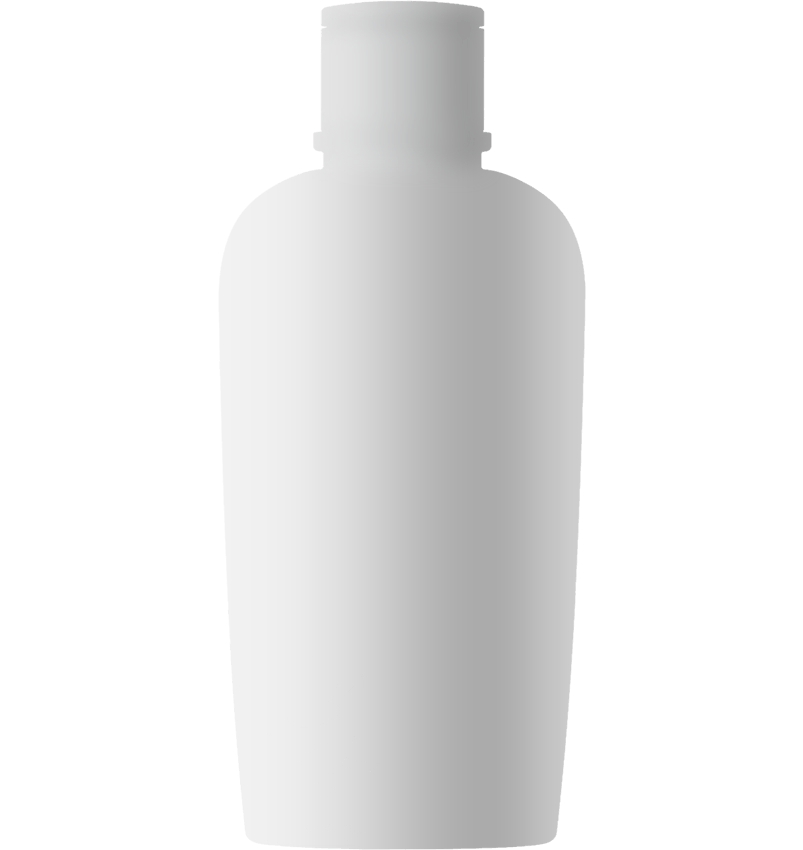Understanding Teeth Whitening: A Leading Cosmetic Treatment
Teeth whitening continues to be one of the most popular cosmetic dental treatments worldwide. It is a quick, non-invasive procedure that provides immediate results, enhancing the patient’s smile and self-esteem. Whether performed in a dentist’s office or at home with prescribed products, whitening offers both aesthetic benefits and a boost in overall confidence. By targeting the discolored layers of the enamel, teeth whitening effectively restores a youthful, radiant appearance.
Comprehensive Teeth Whitening Procedure Breakdown
Surgical Methodology:
Teeth whitening is a non-invasive procedure performed without the need for surgery. Professional whitening treatments are typically done under the supervision of a dentist to ensure safety and optimal results.




